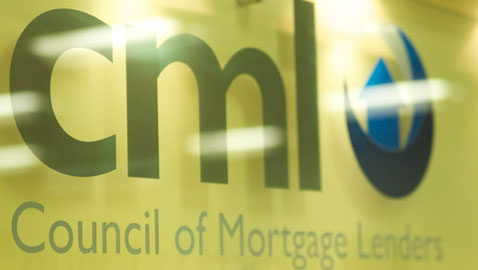
The Council of Mortgage Lenders (CML) has for the first time published details of major lenders’ total outstanding residential mortgage lending (including most buy-to-let lending as well as home-owner lending) broken down over 9,030 postcode sectors across Great Britain.
The aggregate mortgage data, compiled by the CML, covers Barclays, HSBC, Lloyds Banking Group, Nationwide Building Society, Santander UK, RBS, and Clydesdale and Yorkshire Bank, who together represent about 73% of the total mortgage market. These lenders are also publishing their own lending data by postcode on an individual basis.
The British Bankers’ Association is simultaneously publishing a similar breakdown of SME lending and personal loans.
Out of the 10,834 sector postcodes in Great Britain:
- Data is being published on 9,030 sector postcodes, covering mortgage lending worth around £885 billion.
- In addition, there are 1,770 sector postcodes where (according to 2011 Census results) nobody lives.
- There are 32 sector postcodes where people do live and where participating lenders have mortgages, but aggregate data cannot be reported because it might compromise individuals’ data privacy.
- There are just 2 sectors where people live but where participating lenders do not have mortgages (however, 2011 census data suggests that in both localities there were households with mortgages, which could well be provided by non-participating lenders).
The CML has stressed that when interpreting these detailed figures, it is important to bear in mind that this postcode reporting exercise initially only covers lenders accounting for around three quarters of the overall mortgage market. With more than 100 active lenders, the mortgage market is fiercely competitive, and this means that local markets may display different market share characteristics.
It claims the detailed local statistics at sector postcode level provide for the maximum transparency possible without compromising data privacy. However, interpreting them is less straightforward – especially given the significant variation in such factors as house price values, population size and tenure patterns at a local level. So we are also supplying higher level “postal area” data – covering the 120 postal areas of Great Britain. On this basis, we are able to report £891 billion of mortgage lending by the participating lenders, since we are able to include some of the lending that had to be excluded for data privacy purposes from the more detailed sector breakdown, as well as some lending that could not be attributed to a specific sector postcode.
Paul Smee, the CML’s director general, said: “As you would expect, strong levels of mortgage lending are broadly correlated with those areas where there is a strong resident population. While the dataset covers only three quarters of the mortgage lending market, it certainly shows that there are reassuringly few surprises in the postcode distribution of mortgage lending.”
















